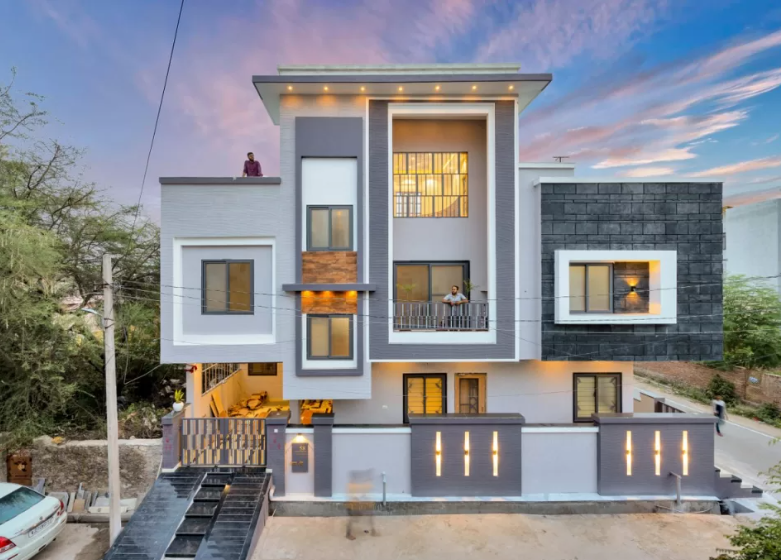Art plays a vital role in enhancing architectural spaces, adding depth, character, and emotional resonance to the built environment. From large-scale installations and murals to sculpture, paintings, and decorative elements, art provides a means to imbue architectural spaces with aesthetic appeal, cultural significance, and a sense of identity. The integration of art within architectural environments has the power to transform spaces, evoke emotion, and create meaningful connections with occupants. Here are several key ways in which art enriches architectural spaces:
- Aesthetic Enrichment: Art serves as a visual focal point, enhancing the aesthetic appeal and overall ambiance of architectural spaces. Whether through striking sculptures or captivating murals, art adds a layer of visual interest and beauty that elevates the experience of the built environment.
- Cultural Expression: Art can function as a form of cultural expression, reflecting the history, values, and identity of a community or society. By integrating culturally relevant artwork, architectural spaces can celebrate diversity, preserve heritage, and foster a sense of belonging for occupants.
- Spatial Identity and Wayfinding: Art can contribute to the identity and wayfinding of architectural spaces. Distinctive art installations and markers serve as landmarks, aiding in navigation and creating memorable, unique destinations within a building or public space.
- Emotional Impact: Art can evoke emotion and create a sense of connection with the environment. Whether through thought-provoking installations or serene landscapes, art influences the mood and atmosphere of architectural spaces, evoking feelings of inspiration, calmness, or awe.
- Human Scale and Proportion: Art can enhance the human scale and proportion of architectural spaces. By incorporating artwork into the design, spaces can feel more inviting, intimate, and finely tuned to the needs and experiences of the occupants.
- Spatial Narratives: Art can tell stories, convey meaning, and communicate ideas within architectural spaces. This narrative aspect enriches the built environment, creating opportunities for dialogue, interpretation, and engagement with the surrounding space.
- Functional Integration: Art can be integrated into architectural elements, such as functional seating, lighting, or acoustic treatments, serving a dual purpose of both form and function within a space.
- Environmental Impact: Sustainable and eco-conscious art installations can contribute to the environmental impact of architectural spaces, reflecting a commitment to responsible and conscientious design.
By integrating art into architectural spaces, designers can create environments that stimulate the senses, spark creativity, and resonate on a human level. The thoughtful incorporation of art enriches the experience of occupants, turning buildings into immersive, cultural, and emotionally resonant spaces. Art and architecture, when harmoniously united, have the power to inspire, engage, and uplift the human spirit within the built environment.
